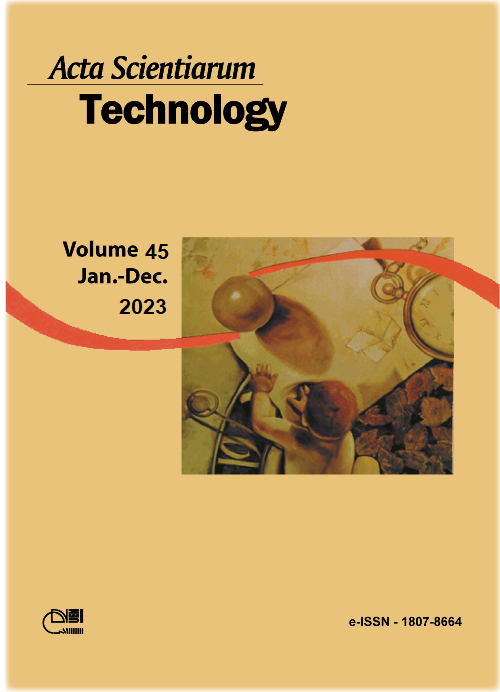Prediction of the innovative capacity of countries based on their cultural dimensions: an analysis of the global innovation index
DOI:
https://doi.org/10.4025/actascitechnol.v45i1.62018Palavras-chave:
national culture; innovation; cultural dimensions; regression analysis.Resumo
This article seeks to examine how Hofstede's cultural dimensions act as predictive variables for country innovation. In order to clarify how national culture influence countries' capacity for innovation, regression models were developed, and comparisons were made. We will use the multivariate linear regression method for the analysis, with the scores obtained by countries in the GII as the dependent variable and the values of cultural dimensions as explanatory variables. Individualism, long-term orientation and indulgence dimensions have a positive influence on countries' innovation. However, there is a negative relationship between uncertainty to avoidance and innovation. Possible reasons for these associations may include greater professional focus, openness to new ideas and greater resistance to innovation. Since the reality of each country is different, whether due to its culture, history and social aspects or due to its geographical location and availability of natural resources, it is not possible to simply import policies from one context to another. Given these factors, an analysis is needed on how infrastructure and cultural difference can influence the innovative performance of countries. This study aims to expand the literature on how culture in its different forms assists in the innovation process of countries by presenting quantitative and qualitative results on which cultural dimensions are most relevant to innovation.
Downloads
Downloads
Publicado
Como Citar
Edição
Seção
Licença
DECLARAÇíO DE ORIGINALIDADE E DIREITOS AUTORAIS
Declaro que o presente artigo é original, não tendo sido submetido í publicação em qualquer outro periódico nacional ou internacional, quer seja em parte ou em sua totalidade.
Os direitos autorais pertencem exclusivamente aos autores. Os direitos de licenciamento utilizados pelo periódico é a licença Creative Commons Attribution 4.0 (CC BY 4.0): são permitidos o compartilhamento (cópia e distribuição do material em qualqer meio ou formato) e adaptação (remix, transformação e criação de material a partir do conteúdo assim licenciado para quaisquer fins, inclusive comerciais.
Recomenda-se a leitura desse link para maiores informações sobre o tema: fornecimento de créditos e referências de forma correta, entre outros detalhes cruciais para uso adequado do material licenciado.



















